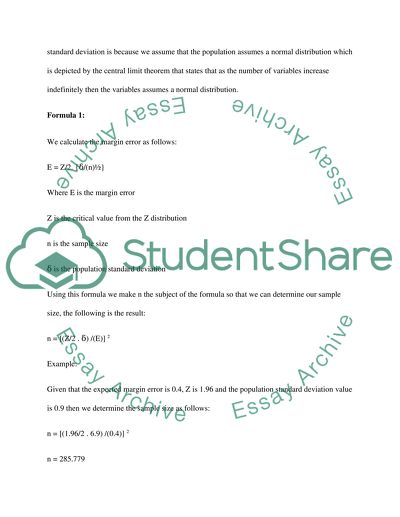Cite this document
(“Sample size calculation Math Problem Example | Topics and Well Written Essays - 2250 words”, n.d.)
Sample size calculation Math Problem Example | Topics and Well Written Essays - 2250 words. Retrieved from https://studentshare.org/education/1531490-sample-size-calculation
Sample size calculation Math Problem Example | Topics and Well Written Essays - 2250 words. Retrieved from https://studentshare.org/education/1531490-sample-size-calculation
(Sample Size Calculation Math Problem Example | Topics and Well Written Essays - 2250 Words)
Sample Size Calculation Math Problem Example | Topics and Well Written Essays - 2250 Words. https://studentshare.org/education/1531490-sample-size-calculation.
Sample Size Calculation Math Problem Example | Topics and Well Written Essays - 2250 Words. https://studentshare.org/education/1531490-sample-size-calculation.
“Sample Size Calculation Math Problem Example | Topics and Well Written Essays - 2250 Words”, n.d. https://studentshare.org/education/1531490-sample-size-calculation.


